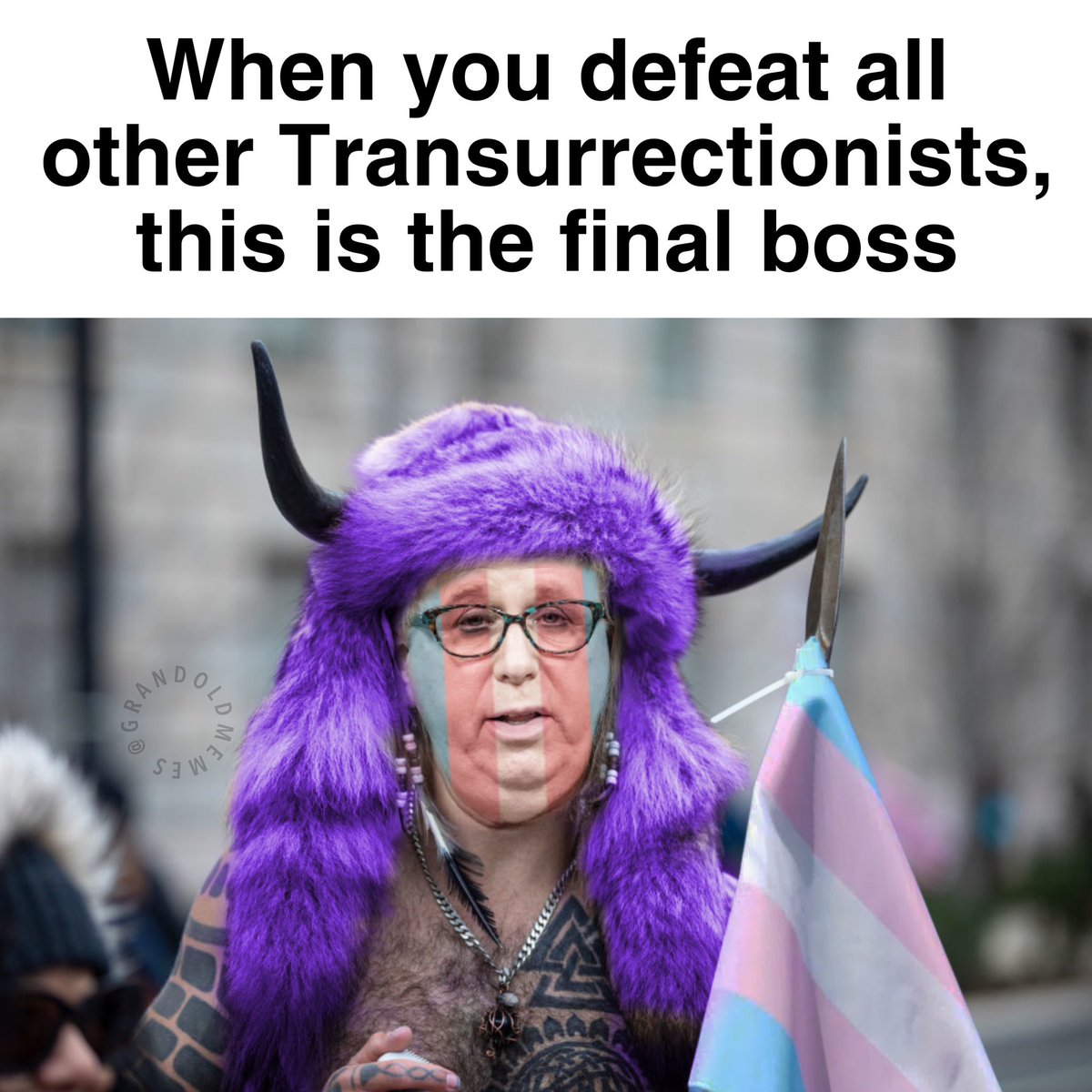So, you've probably heard about the whole "right to bear memes" thing that's been blowing up on Twitter lately. It's not just about funny pictures or viral jokes anymore – it's evolved into a cultural phenomenon that touches on free speech, internet culture, and even legal debates. If you're curious about what this whole meme craze is about and why Twitter's become the epicenter of it all, you're in the right place.
Let's be real, memes have been around for ages, but they've never been as controversial or as impactful as they are today. The "right to bear memes" is more than just a catchy phrase; it's a movement that reflects how we use humor and creativity to express ourselves in the digital age. Whether you're a casual Twitter user or a hardcore meme creator, understanding this concept is crucial if you want to stay relevant in today's online world.
Now, before we dive deep into the nitty-gritty details, let me tell you this: the "right to bear memes" isn't just about posting funny pictures. It's about pushing boundaries, challenging norms, and using creativity to make a statement. In this article, we'll break down everything you need to know about this phenomenon, including its origins, why it matters, and how it's shaping the future of online communication. So buckle up, because we're about to take you on a wild ride through the world of memes and Twitter.
- Discover The World Of Xxx Small Girl A Comprehensive Guide
- Anna Malygon Leaks Exploring The Truth Behind The Controversy
What Exactly Is the Right to Bear Memes?
Alright, let's get one thing straight – the "right to bear memes" isn't some official legal term. It's more of a playful twist on the Second Amendment's "right to bear arms," but instead of guns, we're talking about memes. On Twitter, this phrase has gained traction as a way to highlight the importance of free expression in the digital age.
Origins of the Meme Movement
Back in the day, memes were just funny images shared among friends. Fast forward to today, and memes have become a powerful tool for social commentary, political satire, and even activism. The "right to bear memes" movement started gaining momentum when users began questioning the limits of free speech on social media platforms like Twitter. It's not just about posting something funny anymore; it's about using humor to challenge authority and spark conversations.
- Remote Iot Vpc Review Unlocking The Future Of Connected Systems
- Camila Araujo Nudes Facts Misconceptions And The Truth Behind The Headlines
Why Twitter Is the Perfect Platform
Twitter's character limit might seem restrictive, but it's actually the perfect breeding ground for memes. The platform's fast-paced nature encourages creativity and quick-witted responses, making it the ideal space for meme culture to thrive. Plus, with its massive user base and global reach, Twitter ensures that memes can go viral in a matter of minutes.
The Cultural Impact of Memes on Twitter
Memes aren't just for laughs anymore; they're shaping our culture in ways we never imagined. On Twitter, memes have the power to influence public opinion, challenge societal norms, and even drive political change. Let's take a closer look at how this works:
Breaking Down Social Barriers
- Memes have a unique ability to transcend language and cultural barriers, making them a universal form of communication.
- Twitter's global user base means that memes can reach audiences from all walks of life, fostering connections and understanding across different communities.
- By using humor and creativity, memes can address serious issues in a way that's both engaging and accessible.
Driving Political Discourse
From election campaigns to policy debates, memes play a crucial role in shaping political discourse on Twitter. They can simplify complex issues, highlight hypocrisy, and even sway public opinion. The "right to bear memes" movement underscores the importance of free expression in this context, emphasizing that humor and creativity are essential tools for democracy.
Legal Implications of the Right to Bear Memes
Now, let's talk about the legal side of things. While the "right to bear memes" isn't a legally recognized term, it raises important questions about free speech and censorship on social media platforms. Here's what you need to know:
Free Speech in the Digital Age
In the U.S., the First Amendment protects freedom of speech, but social media platforms like Twitter operate under their own terms of service. This means that while users have the right to express themselves, platforms can still moderate content based on their guidelines. The "right to bear memes" movement challenges this dynamic, arguing that memes are a form of artistic expression that deserves protection.
Copyright Concerns
Memes often involve using copyrighted material, which can lead to legal disputes. However, many argue that memes fall under fair use, as they transform the original content into something new and meaningful. This debate highlights the need for clearer guidelines on how intellectual property laws apply to digital content.
Why Memes Matter in Today's World
Memes aren't just harmless jokes; they're a reflection of our society and culture. They provide a platform for underrepresented voices, challenge authority, and foster a sense of community among users. Here's why memes matter more than ever:
Empowering Marginalized Voices
Memes give people a way to express themselves without needing access to traditional media outlets. On Twitter, users from all backgrounds can create and share content that resonates with others, amplifying voices that might otherwise go unheard.
Promoting Critical Thinking
While memes can be lighthearted, they can also encourage critical thinking by presenting complex issues in a digestible format. By engaging with memes, users can develop a deeper understanding of the world around them and become more informed citizens.
How to Create Memes That Matter
So, you want to join the "right to bear memes" movement? Here are some tips to help you create memes that make a difference:
Know Your Audience
Understanding who you're creating for is key to making memes that resonate. Think about the issues that matter to your audience and find ways to address them through humor and creativity.
Stay Relevant
Memes are all about timing. Keep up with current events and trends to ensure your content stays fresh and engaging. Twitter's fast-paced nature means that memes can go from viral to irrelevant in a matter of days, so it's important to stay on top of what's happening.
Case Studies: Memes That Made a Difference
Throughout history, there have been countless examples of memes that sparked change and influenced public opinion. Here are a few notable examples:
#MeToo Movement
Memes played a significant role in raising awareness about sexual harassment and assault during the #MeToo movement. By using humor and creativity, users were able to address a serious issue in a way that was both relatable and impactful.
Climate Change Awareness
Memes have also been used to highlight the urgent need for action on climate change. By simplifying complex scientific data and presenting it in a visually appealing way, memes have helped to educate the public and inspire action.
Challenges Facing the Meme Community
While the "right to bear memes" movement has gained traction, it's not without its challenges. Here are some of the biggest issues facing meme creators today:
Censorship and Moderation
As social media platforms crack down on controversial content, meme creators face the risk of having their work censored or removed. This raises important questions about the balance between free expression and platform responsibility.
Intellectual Property Disputes
With so many memes using copyrighted material, creators often find themselves caught in legal battles over fair use. Clearer guidelines on how intellectual property laws apply to memes could help prevent these disputes in the future.
The Future of Memes on Twitter
So, where do we go from here? As the "right to bear memes" movement continues to grow, it's clear that memes will remain a powerful force in shaping our culture and society. Here's what we can expect in the future:
More Innovation
As technology evolves, we'll see new and exciting ways to create and share memes. From augmented reality to AI-generated content, the possibilities are endless.
Greater Awareness
As more people recognize the power of memes, we'll likely see increased efforts to protect free expression and ensure that creators have the tools they need to thrive.
Conclusion: Join the Movement
And there you have it – everything you need to know about the "right to bear memes" movement on Twitter. From its cultural impact to its legal implications, memes have become an essential part of our digital landscape. So, if you're ready to join the conversation and make your voice heard, now's the time to start creating!
Don't forget to share this article with your friends and leave a comment below. And if you're feeling inspired, why not create your own meme and share it with the world? Together, we can keep the "right to bear memes" movement alive and thriving!
Table of Contents
- What Exactly Is the Right to Bear Memes?
- Origins of the Meme Movement
- Why Twitter Is the Perfect Platform
- The Cultural Impact of Memes on Twitter
- Breaking Down Social Barriers
- Driving Political Discourse
- Legal Implications of the Right to Bear Memes
- Free Speech in the Digital Age
- Copyright Concerns
- Why Memes Matter in Today's World
- Empowering Marginalized Voices
- Promoting Critical Thinking
- Exploring Movierulz Ullu A Comprehensive Guide To The Controversial Movie Streaming Platform
- Brandi Passante Nude Pics A Comprehensive Analysis And Understanding


